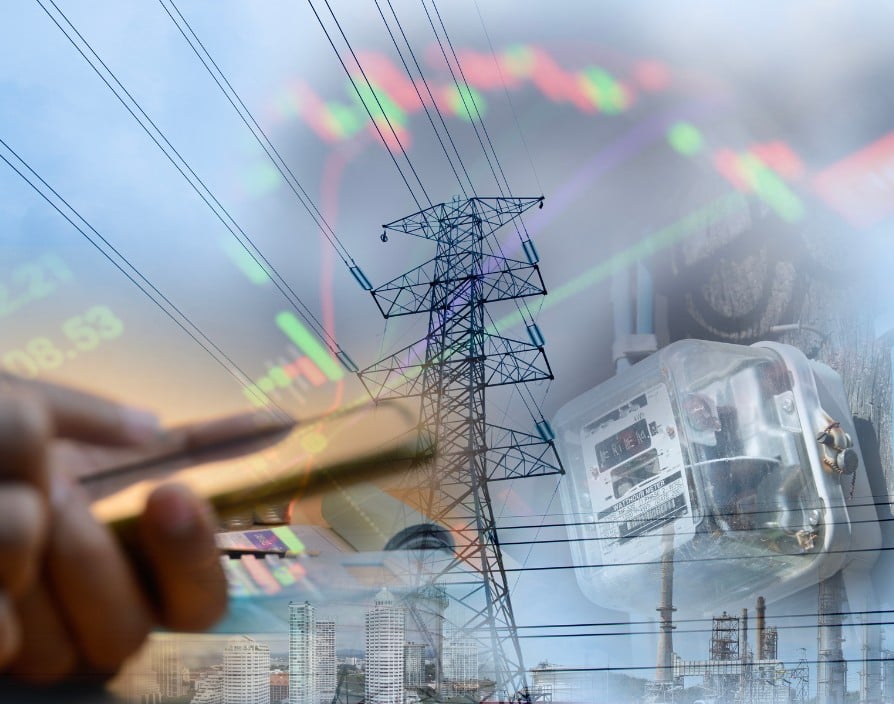The forecasted increase in energy prices from 1st October 2024 will be worrying for consumers up and down the country, but business owners will share the same concerns.
Companies nationwide will need to brace themselves for a winter squeeze on finances and keep a close eye on their overheads. The rise in energy costs will not only affect their bottom line, but also add pressure on their operations during what’s already a hugely challenging economic period.
For many firms, particularly those in energy-intensive industries like hospitality, price hikes like this could erode profit margins and put meticulously drawn-out financial planning into disarray.
Immediate action: locking in fixed-rate tariffs
Amid the rising tide of energy costs, there are still proactive steps that businesses can take to mitigate the impact on their finances. One such strategy is to lock in a fixed-rate tariff with an energy provider. Many suppliers offer contracts that can extend up to five years, providing a degree of stability in an otherwise volatile market. By securing a fixed rate now, businesses can protect themselves from future price increases, ensuring that their energy expenses remain predictable over the contract period.
Knowing that a company’s energy costs will not fluctuate with a fixed contract, regardless of market conditions, can provide peace of mind and allow for more accurate budgeting and financial planning. However, it’s essential to consider the potential downside: if energy prices were to decrease in the future, businesses locked into a fixed-rate contract might find themselves paying more than necessary. Despite this risk, the overall stability offered by fixed-rate tariffs can be a crucial safeguard against the unpredictable nature of energy markets.
Long-term strategies for cost reduction
Beyond the immediate option of fixed-rate tariffs, businesses should also consider longer-term strategies to reduce energy consumption and costs. One way of doing this is by conducting an energy ‘audit’. This process involves assessing current energy usage across your business and identifying areas where efficiencies can be improved. The worst thing a company can do is ignore these upcoming price rises – looking closely at recent bills and understanding what rates and tariffs apply right now is a great place to start.
From there, changes don’t always have to be complex. Upgrading to LED lighting, optimising heating and cooling systems, and investing in energy-efficient appliances can yield significant savings over time.
Additionally, businesses might explore integrating renewable energy sources into their operations. It’s a big upfront bill, but solar panels, for example, represent a longer-term investment that can lead to substantial savings. With various government incentives and grants available to support such initiatives, the move towards renewable energy is not only a cost-saving measure but also a step towards sustainability.
Flexibility and risk management
While fixed-rate tariffs offer security, maintaining some flexibility in energy contracts can be beneficial too. Consider contracts that allow for adjustments or early exits if market conditions change favourably. This flexibility can help avoid the pitfall of being locked into a high rate when lower options become available. But like anything else, be sure to do your research first!
In addition to contract flexibility, businesses should prepare for potential risks such as supply chain disruptions. Global events, geopolitical tensions, or natural disasters can all impact energy availability and prices. Having contingency plans, such as secondary energy sources or emergency funds, can help firms navigate these uncertainties without severe financial strain.
Employee engagement in energy efficiency
Another crucial aspect of reducing energy costs is involving employees in the effort. Encouraging simple practices, such as turning off lights when not in use, unplugging equipment, and using heating and cooling systems efficiently, can collectively lead to significant energy savings. This is easier in some industries than others. However, creating a culture of energy awareness within the workplace not only reduces costs but promotes sustainability, which can enhance the company’s reputation and appeal to environmentally conscious staff members, as well as customers.
Finally, while the road ahead may be challenging, these proactive measures should help businesses maintain stability and resilience in the face of rising energy costs. As the energy market continues to fluctuate, staying informed and adaptable will be key to navigating the financial pressures of the coming months.
Share via:










































